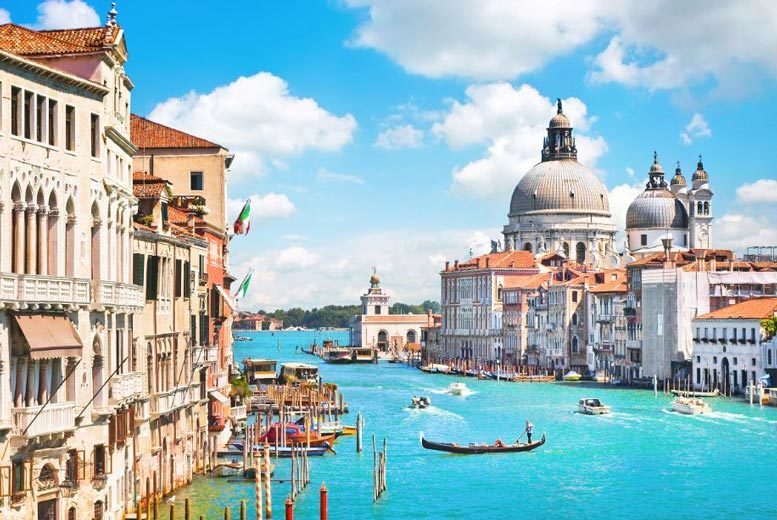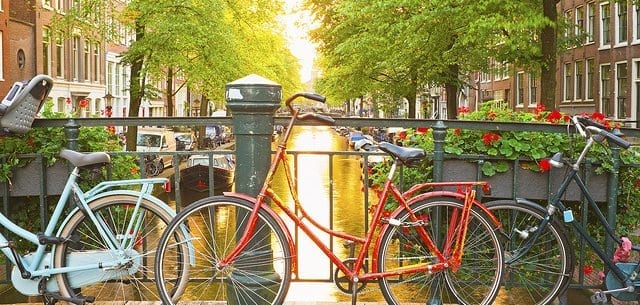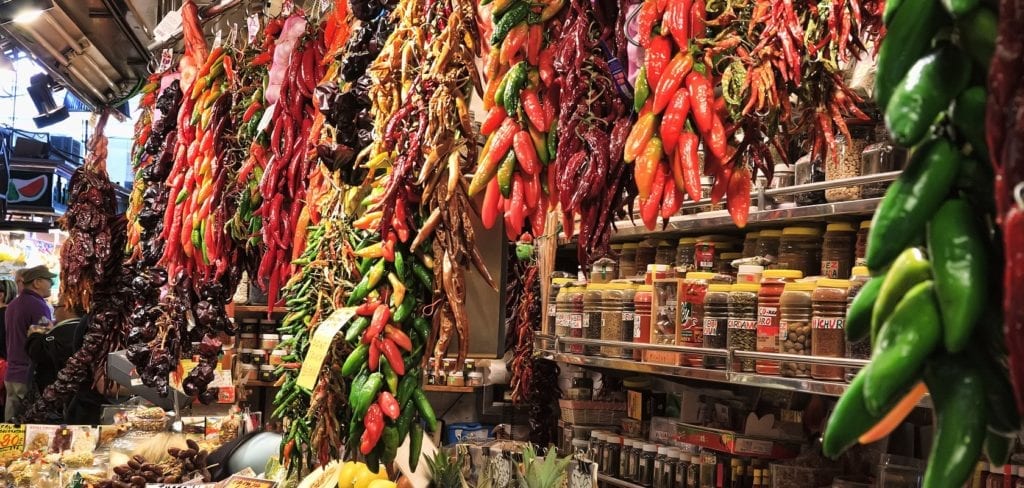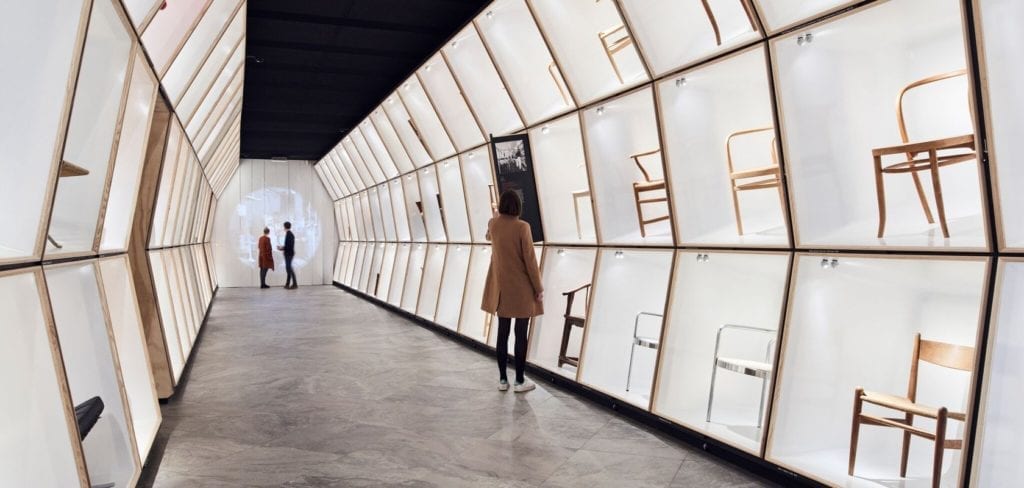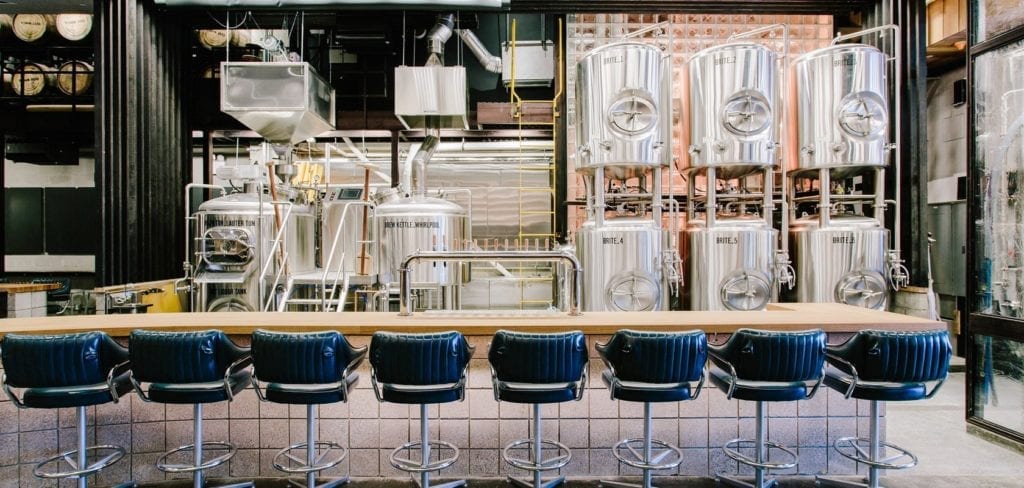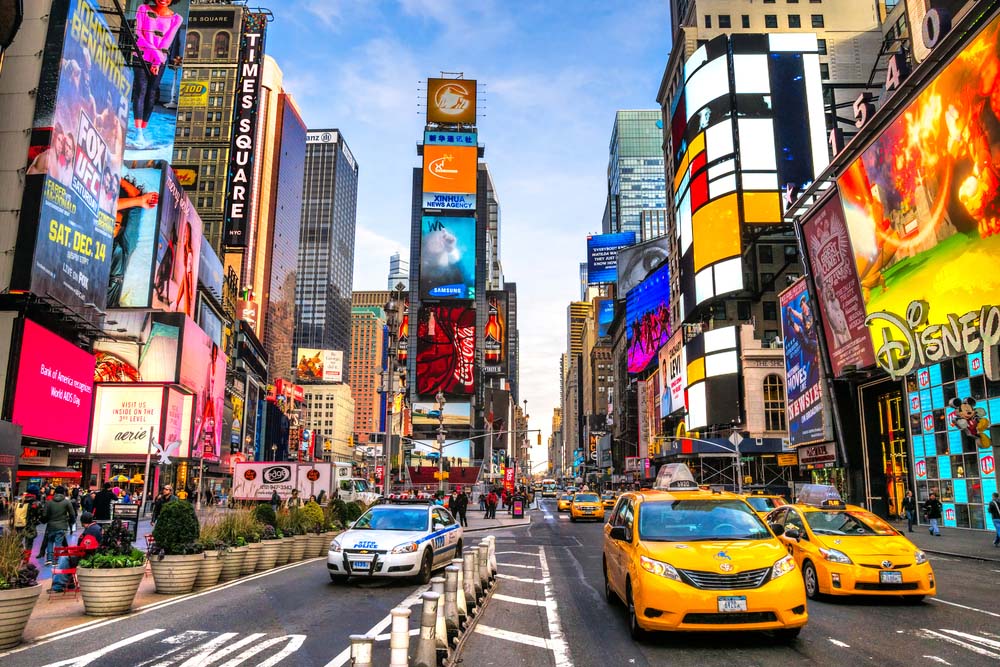Five Things You Need To Know About Budapest
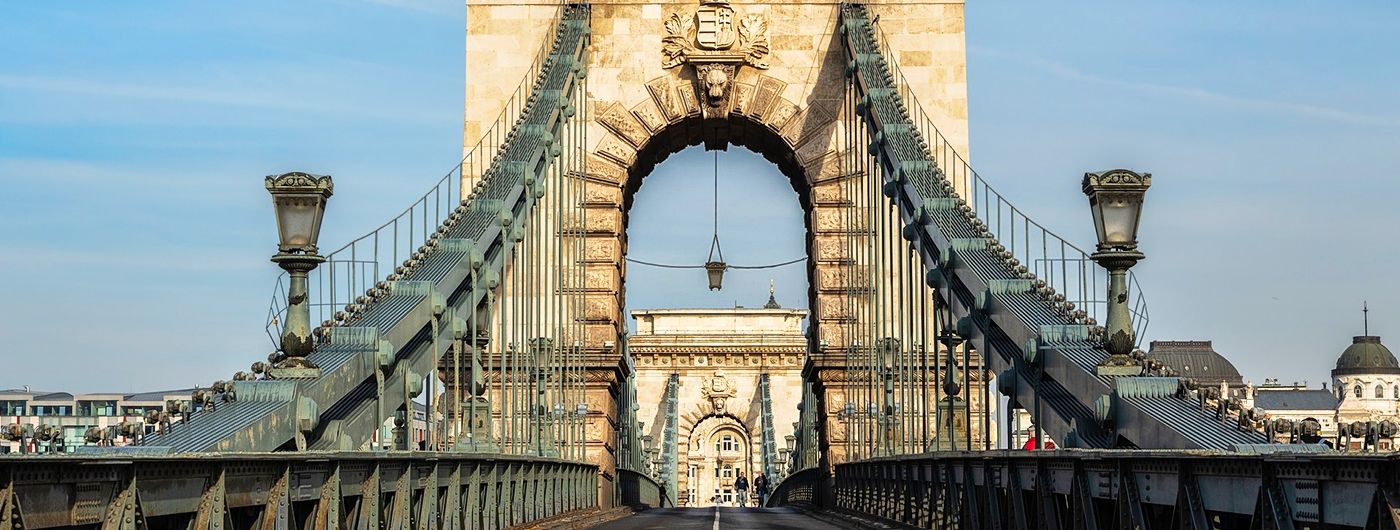
A capital city that’s as “Buda-ful” as it looks in pictures, Budapest is an architectural treasure trove awash with art-nouveau buildings that promise to send chills down your spine. Although it can be conquered in a weekend, the Hungarian capital promises to hold a special place in your heart long after your departure for more reasons than one. In fact, there are five. From the delicious cuisine and the exciting (albeit somewhat unusual) nightlife to exploring the gorgeous landmarks, here are just a few things that you need to know about Budapest.
It’s the Perfect Jumping off Point for A European Adventure
We all have people in our lives that seem like they’re in a different country every other day, so if you can’t beat them; join them! As the capital of Hungary, Budapest is in a strategic position to jump on a train or a plane to another European destination for a brand-new adventure. Zip over to Vienna, Prague or Warsaw, or even head south for a sunny affair in Croatia. Whichever way you decide to go, your camera roll is guaranteed to be full of some serious cultural gems.
Budapest Is As Cheap As Chips
Seriously! Don’t be fooled by their currency and open your eyes wide in shock as you’re asked to hand over 1,000 Hungarian Forints for a bottled beer – the average price of which is the equivalent to £1.53. Like anywhere, you’ll always incur higher prices around busy tourist areas and city landmarks – but how does a two-course meal and a glass of wine for £15 sound? Tuck into your favourite cuisine al fresco with views of St. Stephen’s Basilica and get some comfort in knowing that this priceless experience won’t break the bank.

The glorious thing about Budapest is that a lot of the landmarks and attractions are outdoors, meaning they’re completely free to peruse at your leisure! If you don’t fancy trekking the steep hill up to the Buda Castle, there is a Funicular Railway – sort of an old-fashioned cable car – that costs around 1,800 Hungarian Forints, which transports you to the Castle while also giving you unlimited access for the day to Fisherman’s Bastion and the Matthias Church. Three birds, one stone. A visit to the thermal baths will set you back 5,700 Forints (around £15) but come on, it’s the City of Spas after all! Ultimately, in the grand scheme of things, most of your daily activities definitely won’t have you hunting for an ATM.
Goulash is Heaven in a Soup Bowl
Enjoyable to say and even more enjoyable to eat, goulash originates from medieval Hungary and is the country’s national dish. This delicious stew comprises meat (usually beef), stock, noodles, potatoes and other vegetables, and is seasoned heavily with paprika – a staple spice of Hungarian cuisine. It can be found in most traditional Hungarian restaurants throughout the city, and is served all-year-round but is best enjoyed in winter when the temperatures drop and you’re looking for the perfect remedy to warm you up from the inside out.
Delicious food in Budapest doesn’t stop there. Another must-try is lángos, a popular street food treat unlike anything you’ve ever tasted. Lángos is a deep-fried dough – crispy on the outside and soft within – classically topped with an abundance of sour cream, garlic butter and grated cheese. If you’re feeling adventurous, add extra toppings like meat, vegetables, or opt for the sweet variation with whipped cream and Nutella. Remember, calories don’t count on holiday.

The Ruin Bars Are As Interesting As They Look
A unique experience that definitely has to be seen to be understood, Budapest’s ruin bars are all the rage and the perfect spot to experience the local life over a drink in a vintage setting. The ruin bars originated in the city’s old Jewish Quarter and the ones that remain are undoubtedly the best and most popular ones. We’re getting ahead of ourselves – we’ll explain what they are! Ruin bars are dilapidated or abandoned buildings that have been transformed into watering holes, but still maintain the rustic atmosphere and décor. Szimpla Kert (translating to simple garden) was the first and remains the most famous ruin bar – think endless walls of graffiti, suspended antique televisions, a disused Trabant car, neon lights, live music, innovative cocktails and so much more!
If you happen to be visiting in the summer months when the rain is sparse and the sunshine is in abundance, you’d be a fool not to visit one of the many rooftop bars scattered throughout Budapest. There are few things in life that beat a delicious cocktail with a glorious view, especially when the sun begins to set over the Chain Bridge and the golden light reflects off the shimmering Danube River. It’s something that no picture will ever do justice.
Walking Is the Best Way to Explore the City
We hope your shoes are sturdy! We will warn you in advance that Budapest is a lot bigger than it looks, and due to it originally being divided into Buda and Pest by the glorious Chain Bridge, a lot of the monuments might appear visually to be closer than they truly are. But, venturing through the city on foot is the best way to discover hidden gems, and most of the landmarks can be found within a 15-minute stroll of each other provided they are on the same side of the bridge. Gaze at the incredible Gothic architecture of the Hungarian Parliament Building, shed a silent tear at the Shoes on the Danube, ride the Funicular Railway towards the Buda Castle… enter the fairy-tale world of Fisherman’s Bastion, hum a tune around the Hungarian State Opera House and enjoy a flower-shaped gelato cone in front of St. Stephen’s Basilica. We hope you have enough film in your camera!
The Fleetway Five: Top Tips on How to Blend in Like a Local
Use Hungarian Forints rather than Euro. Although the Euro is widely accepted in Budapest, you’ll certainly get more bang for your buck if you use the Hungarian national currency. Establishments may prey on those with Euro and charge them slightly more than the Forint equivalent, or simply make up their own exchange rate on the spot. Oh, and change your currency at any of the booths in the city for the best exchange rate – avoid the banks and the airport if you’re not in the mood to be ripped off.
Don’t be afraid to attempt the tram system. If walking isn’t your thing, the tram is cheap, fast and a lot easier to navigate than it seems.
Speaking of trams – wait until the green man appears before you cross the road. Although slow moving at times, these canary-yellow vehicles can really pick up speed, and the tracks make the roads even wider – so it’s best not to attempt to dash across the traffic. A little patience will definitely protect you.
English is widely spoken in Hungary, so there shouldn’t be too much of a language barrier that will cause you to get cheese instead of milk for your coffee. However, it’s best to learn some basic Hungarian phrases to gain some brownie points with the locals – a simple hello or goodbye in the native language could get you a friend for life!

Visit Buda and stay in Pest. Pest is where the majority of the hotels, restaurants and ruin bars reside while Buda is known for its green rolling hills and is a place better to visit during your sightseeing excursions.

